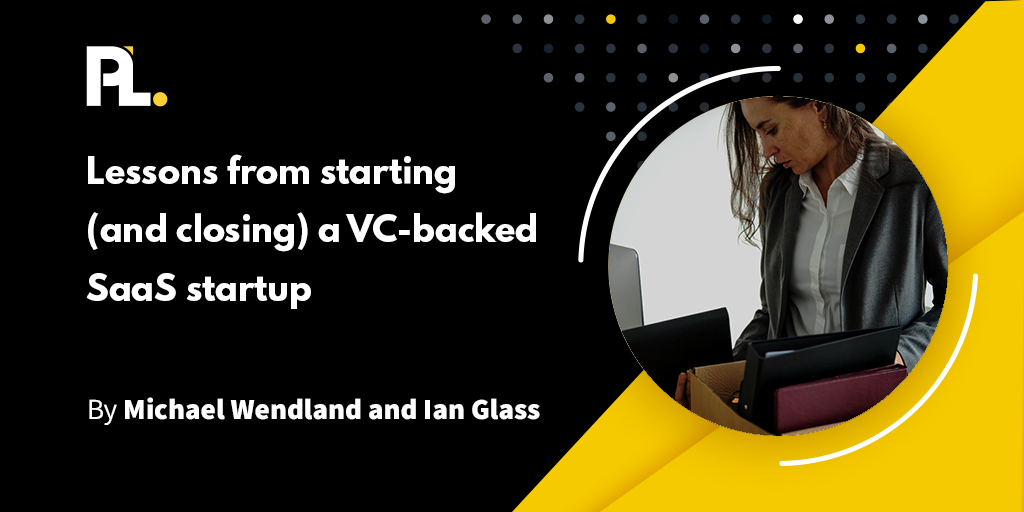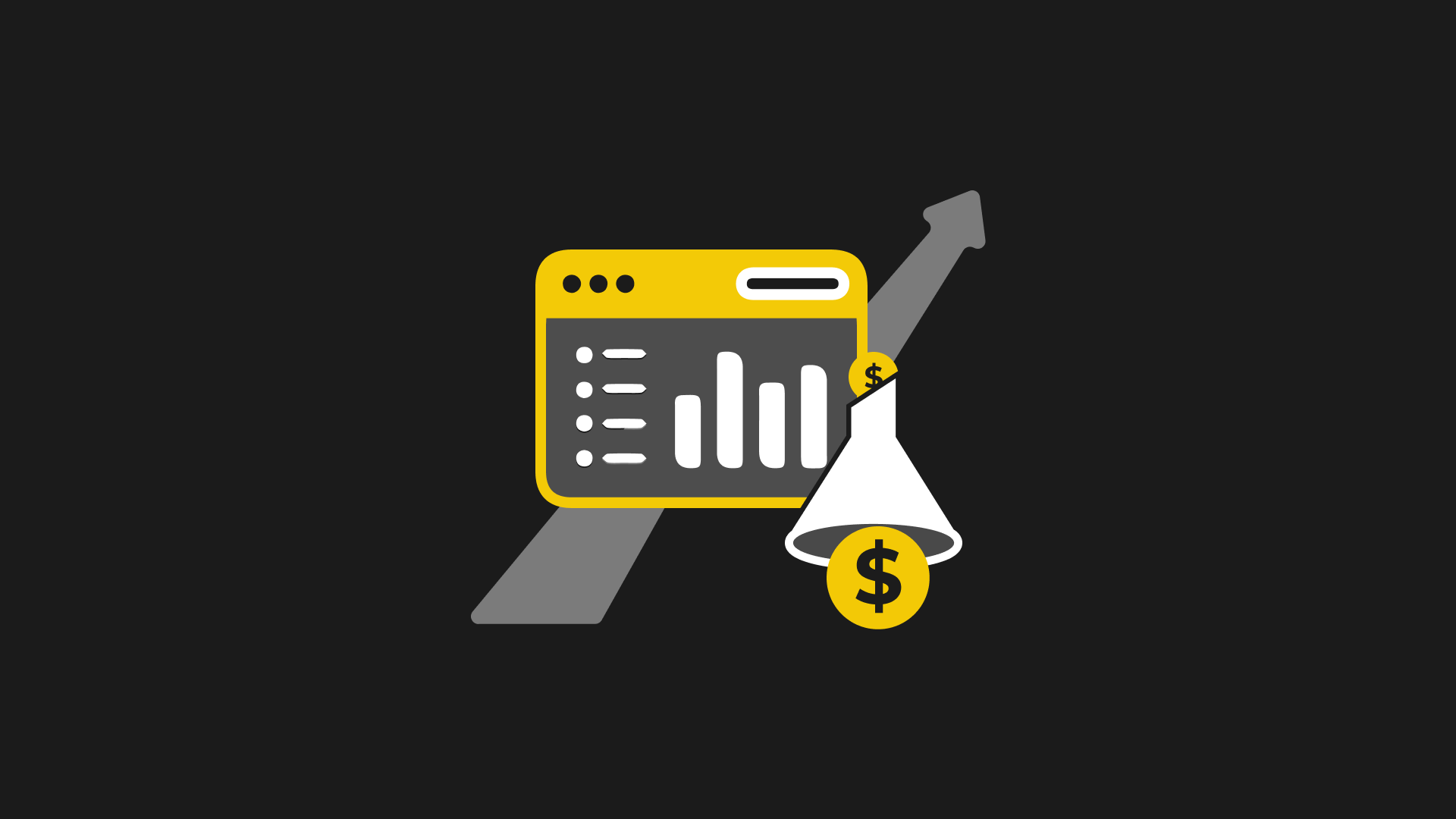
We all know that we should be experimenting and then experimenting more. But in reality, the majority of companies lack a product experimentation framework and run less than 10 SaaS experiments per month.

Why is this dangerous?
- There are awesome companies running hundreds or thousands of experiments simultaneously. And if that's one of your competitors – watch out!
- Because of the natural success rate of experiments. If you are launching experiments, maybe one or two of every ten experiments will succeed. This means you're not setting yourself up for success because it takes two or three months to find a win that will convince your boss, team, or other stakeholders that what you're doing is great.
Not to mention the top challenges companies face when it comes to experimentation.
- Process: It takes a lot of discipline to document everything; it’s consistency and effort.
- Generation: Ideas tend to be very scattered and sometimes even farfetched.
- Company-wide adoption: Helping teams understand the objectives and goals.

In this article, I’ll help you blow past these challenges with a growth ideation workshop tailored for SaaS companies. This framework will help you produce hundreds of SaaS experiment ideas in a 90-minute sit-down with your team.
I’ll break down how to:
- Prepare with research and objectives.
- Ideate and prioritize.
- Implement your ideas.
One of the core objectives is to increase experimentation velocity. Whatever you’re doing is purposeful, meaningful, and connected to your business goals.
Let’s get started.
Prepare with research and objectives
Not everything you do is either realistic or connected with the objectives you are tackling right now. That’s why it’s vital to do two things to prepare for your Growth Ideation Workshop.
- Do the research. It’s imperative to inform everybody participating on what you’ve found. This provides fuel for ideas and helps teams ideate more successfully.
- Set up objectives. Objectives are important because if you don't know what success looks like, teams tend to be all over the place, and no concrete ideas come out of that.
First up, research.
Research: Quantitative & Qualitative Data
Divide research into four categories:
- Analytics & Data Crunching
- Competitor Overview
- External Inspiration
- Customer Feedback
We copied all of our findings into a miro board (but you can use whatever tool you want).

Analytics & Data Crunching
First, gather data to understand what was important to a business. It can be collected from the following channels:
- Google Analytics.
- The marketing or sales panel: where is their churn or leakage?
- Customer segments: what are the most successful ones? This can be done through user interviews, surveys, or a general overview of a support email. What customers are saying is extremely important.
Competitor Overview
Next up is a competitor overview. Here you can include screenshots of landing pages, campaigns, content marketing, Facebook Ads – whatever is inspiring to the problematic stage in your funnel.
This helps answer the questions:
- Who else is in the space?
- What are they doing?

For example, if you have a low conversion rate on your website, review competitor sites from the conversion optimization perspective.
Then compare and contrast:
- What the journey looks like.
- How the copy reads.
- Their call to action (CTA) buttons.
- The onboarding for free trials.
Dialing in the differences can make a tremendous difference in your business.
External Inspiration
Along with resources from competitors, include a section for external inspiration. Look at companies that are doing things that inspire you.

There are some awesome companies out there. While they may not be your direct competitors, use what they do to catalyze ideas.
Customer Feedback
The last section is the customer feedback section. Here, add customer testimonials, reviews, and any other company feedback.

Content like case study interviews with a client or independent reviews on reviewers’ websites are beneficial. If this isn’t available yet, analyze this for your competitors. It will bring insight into what people are talking about, what your competitors are missing, and how they value it independently.
Customer feedback is important and makes an excellent starting point for the ideation exercise.
Next, we will focus on the second part of the preparation stage: objectives.
Objectives
These are essential to set up clear goals. It also helps you understand the difference between goals and objectives.
Let’s apply this idea to the film The Martian. The Martian is a story about an astronaut who is stuck on Mars.
What is his goal in this story? It's to get back to earth.
How does he do it? Those are his objectives: figuring out how to feed himself until he can get home.
When you think about your company’s objectives, notice the correlation between objectives and your North Star Metric.

More than anything, this signals how beneficial objectives can be to a company’s growth.
Objectives should answer the following questions:
- What are you trying to achieve?
- How will you measure that?
- Where are you doing the experimentation?
- When are you doing the experimentation?
- Who’s responsible?
The last one is super important because if everyone is responsible, nobody is responsible. So it’s crucial to assign these objectives to an owner as well.

Let’s go back to Taia.
Their first objective was to increase unique website visitors from 1,000 to 3,000 a week. That objective lasted longer than three months, so we also assigned an owner.
The second objective was to increase conversion rates for registration. They would like 5% of their home site traffic to convert to free sign-ups.

Note that timeframes and owners are assigned to each one. This helps everyone involved focus.
Be sure the objectives are shared with all team members beforehand to get everyone synced on both the goals and objectives.
And finally, we are at the session.
Ideate and Prioritize
This is where the fun begins. You’ll bring your team together for a session; I call this a Growth Ideation Workshop (but you can name it whatever you want). The core idea is to reverse engineer:
- How can the objectives be achieved?
- What experiments should you run to accomplish this objective?
My favorite question is: how might we achieve these growth objectives?
Step #1: Brainstorm
First, assign topics to people. Then have everybody brainstorm quietly for 10 or 15 minutes to list as many SaaS experiment ideas as possible.
After you have this list of ideas, spend a little time connecting repetitive ones into clusters.

After you list all ideas and everybody votes to select the best ideas, your next challenge is to prioritize.
Step #2: Prioritize
I’ve seen teams develop 200 ideas (even more sometimes), and it does feel overwhelming. That’s why we have this intermediate step of filtering the ideas that make the most sense for business.
These ideas have a tremendous impact and are relatively easy to execute. These are ideas you experiment with first because they increase experiment velocity since you can implement them quickly. They're also very likely to succeed. Do this separately for each objective you are tackling in your growth operation.

Don’t tackle more than three objectives in a quarter when on your growth sprint. Otherwise, you risk staying within your timeline or maintaining the quality of the execution.
Implement your experiments
Next up is the implementation phase. Your new treasure trove of ideas should be exported and saved to your growth management process.
This can be done using:
Or whichever software you prefer. List your objectives, and because we already have tight ideas for the objectives, you will create a wonderful backlog. Since the ideas are already scored, you can easily select the next experiment.
It’s helpful to brainstorm with your team at least once a quarter, every time the growth objectives change. It can also be a weekly or biweekly check-in. This is beneficial to help you get the operation rolling and to see results from your execution.

So buckle up. By following this plan, you can organize your first Growth Ideation Workshop and kick-start your growth engine in the upcoming quarter.




%20(1).png)
















